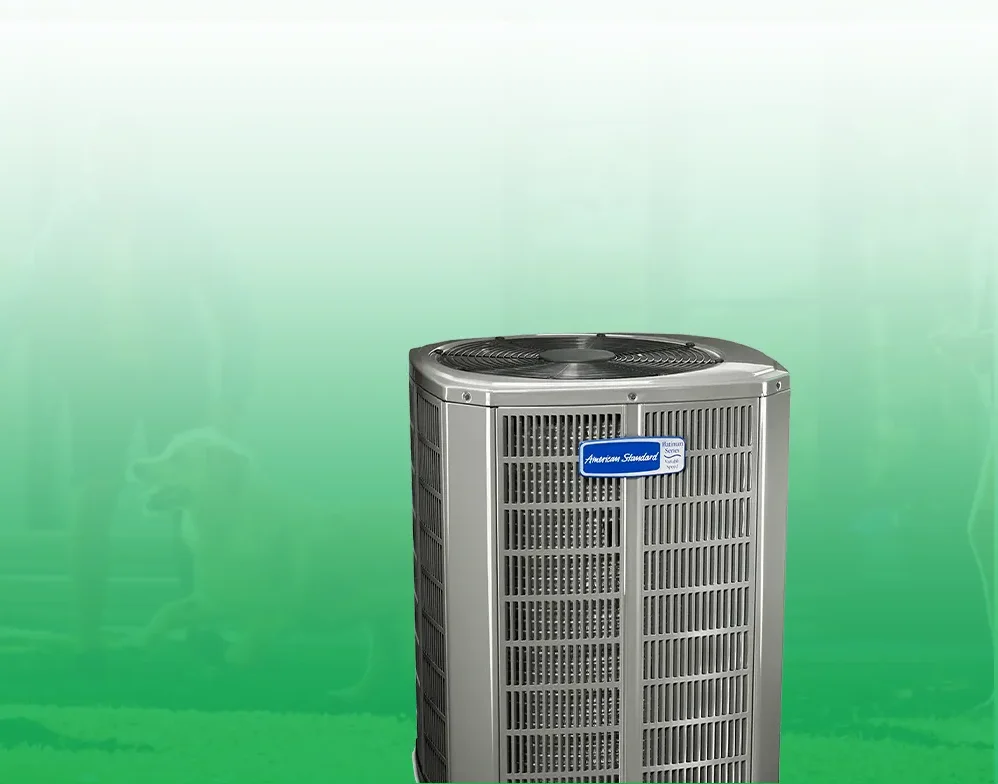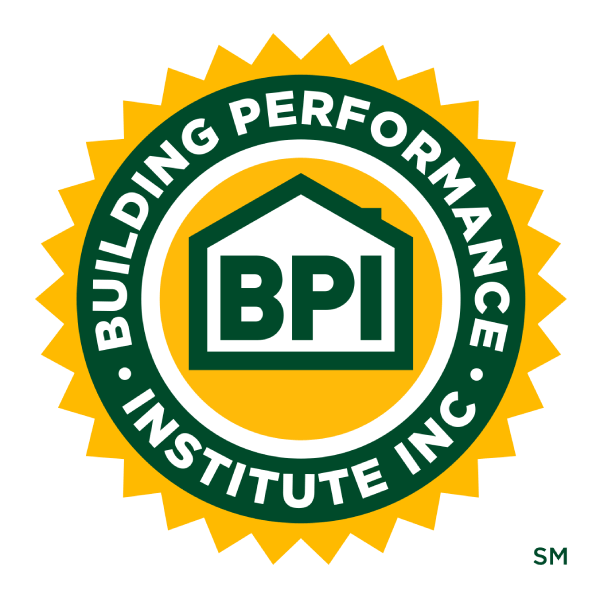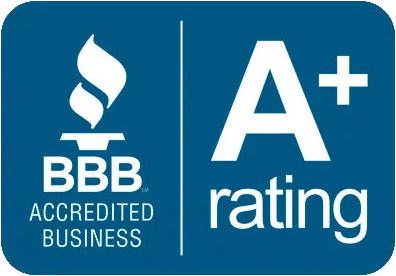At Horne HVAC Charlotte, we understand that every HVAC system component plays a crucial role in maintaining your home’s comfort and efficiency. One of the essential yet often overlooked components is the refrigerant lines. These lines are vital for properly functioning your air conditioning system, ensuring heat is efficiently transferred to keep your indoor environment comfortable.
What are Refrigerant Lines?
Refrigerant lines are the conduits that carry refrigerant between the major components of your air conditioning system—the indoor evaporator coil and the outdoor condenser coil. These lines are typically made of copper or aluminum and are designed to withstand the pressures and temperatures involved in the refrigeration cycle. There are two primary types of refrigerant lines:
- Suction Line: This is the larger of the two lines, often insulated to prevent condensation and minimize heat loss. It carries low-pressure, low-temperature refrigerant gas from the evaporator coil back to the compressor in the outdoor unit.
- Liquid Line: This smaller, uninsulated line carries high-pressure, high-temperature liquid refrigerant from the condenser coil to the expansion valve and evaporator coil inside the home.
Location of Refrigerant Lines
Refrigerant lines run between your air conditioning system’s indoor and outdoor units. In a split system, these lines typically pass through your home’s walls, attic, or crawl space. Proper installation protects the lines from physical damage, corrosion, and environmental factors. Insulated suction lines prevent energy loss and maintain system efficiency.
Function of Refrigerant Lines
The primary function of refrigerant lines is to facilitate the flow of refrigerant between the various components of your HVAC system, enabling the heat exchange process. Here’s how they work:
- Heat Absorption: In the evaporator coil, the refrigerant evaporates indoor air into a low-pressure gas by absorbing heat.
- Heat Transfer: The suction line carries this low-pressure gas to the compressor in the outdoor unit. The compressor then increases the refrigerant gas’s pressure and temperature.
- Heat Release: The high-pressure, high-temperature gas flows through the condenser coil, releasing heat to the outdoor air and condensing into a high-pressure liquid.
- Cycle Continuation: The liquid line carries the high-pressure liquid refrigerant back to the expansion valve and evaporator coil, where it can absorb heat again, continuing the cooling cycle.



















